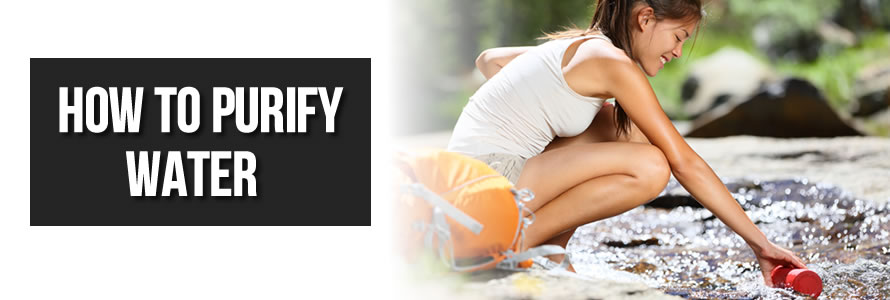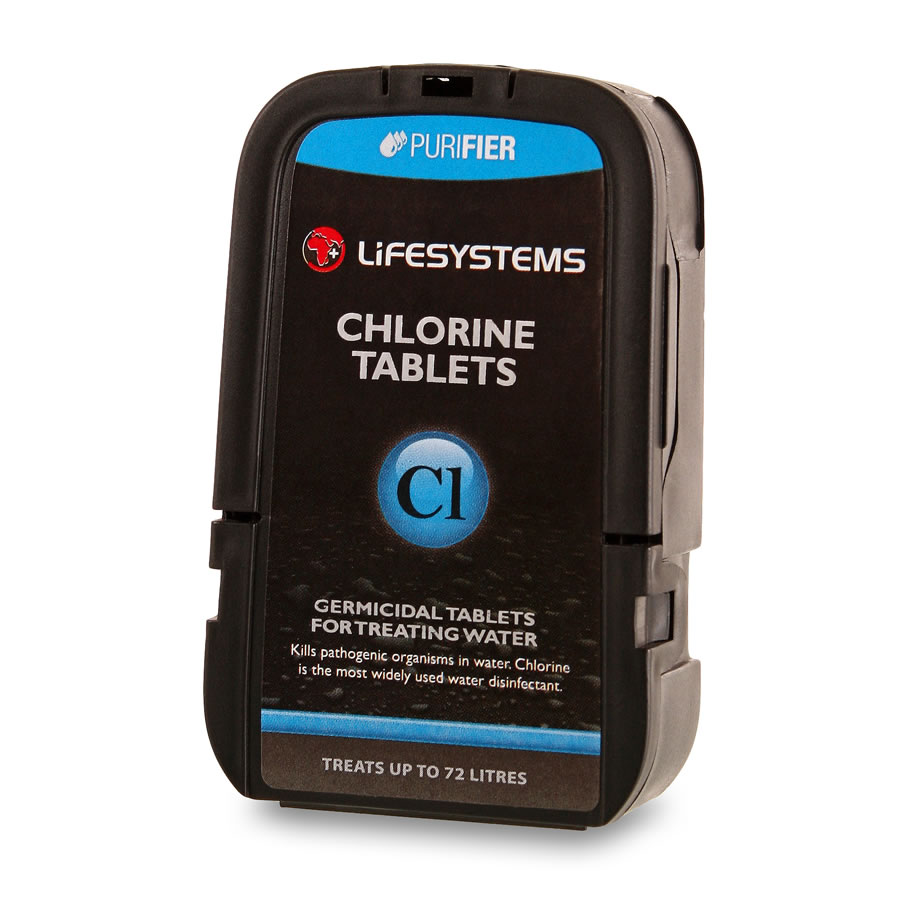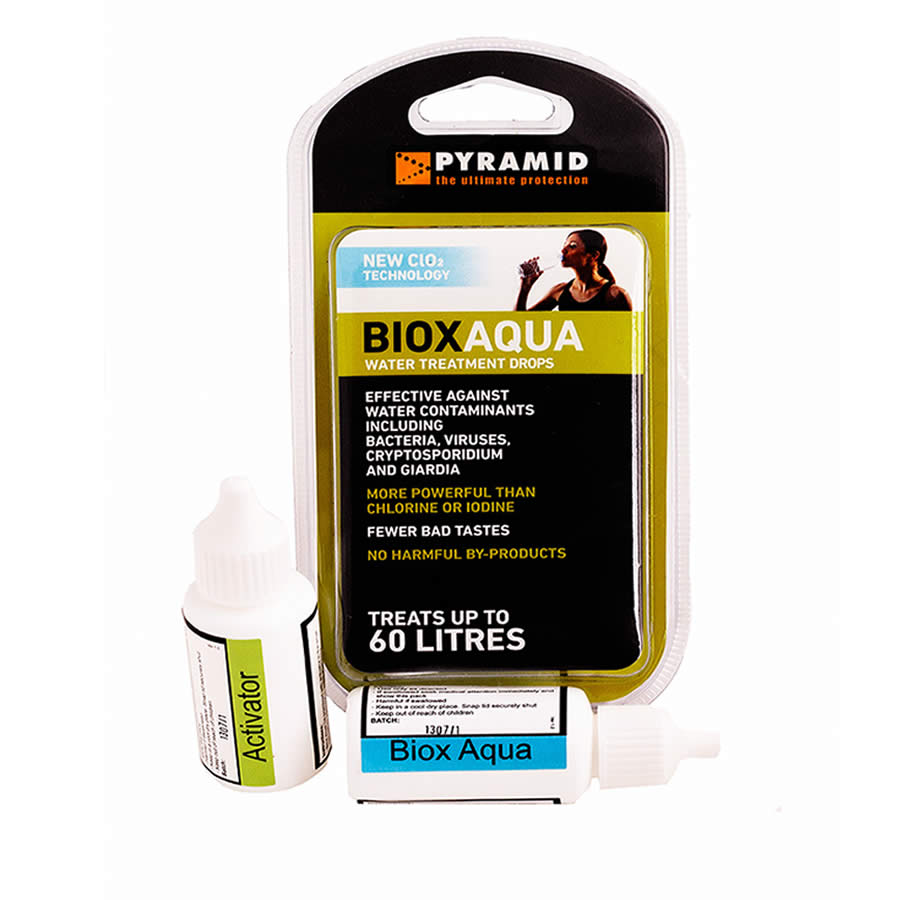Hydration is an important part of everyday life, and something that cannot be compromised on. This is particularly true when you’re travelling abroad and in hot climates, where more fluids are required to keep you healthy. When travelling, you will quickly become aware of the potential risks of drinking water from contaminated sources. Drinking contaminated water can lead to mild intestinal discomfort or more serious illnesses, caused by the harmful organisms and other contaminants present in unsanitary water sources…
Where am I at risk?
You are most at risk from drinking contaminated water in countries where sanitation and hygiene levels are of a low standard. Many African countries lack access to safe and clean drinking water, so for travellers visiting Africa, we would recommend always having a method of water purification with you.
You will also find that several countries in Asia, such as India, Laos and Cambodia do not have reliable drinking water, especially in rural areas. The same is true of most of South and Central America, where you should always treat the water or ensure you drink bottled water.
What are the risks of drinking contaminated water?
At best, drinking contaminated water when travelling can lead to an upset stomach, mild intestinal discomfort and the infamous, Traveller’s Diarrhoea. Mid way along the spectrum, you will find Cryptosporidium, Giardiasis and Dysentery, which are all caused by harmful protozoa found in some sources of water. Symptoms of these illnesses can include chronic diarrhoea, malaise, nausea, stomach cramps, loss of appetite, vomiting and weight loss.
Of course there are more extreme risks involved with drinking contaminated water, including Typhoid, Hepatitis A and Cholera. Vaccines are available for both Typhoid and Hepatitis A, so you should ensure you have these vaccinations before you leave for your trip. However, you should also ensure that you treat water before you drink it, even if you’ve been vaccinated for the aforementioned diseases. There is no vaccine available to help prevent Cholera, so treating your water with a water purification product is the only way to keep disease at bay.
Methods of Purifying Water
The most well-known method of water purification is boiling, but for travellers, this isn’t exactly going to be the most convenient option…finding a kettle or stove in the middle of the jungle or when staying in a remote village in Africa isn’t going to be a simple task!
Boiling
Boiling times to achieve safe drinking water vary, but it is generally said that boiling the water for 1 minute should be sufficient enough to kill harmful bacteria found in water. This changes when you’re at altitude, as the air pressure drops, resulting in a lower boiling temperature. Therefore, you would need to boil the water for longer, as it wouldn’t be boiling at 100°C after 1 minute. For example, if you were at an altitude of 2000m or above, you would need to boil your water for 3 minutes, due to the lower boiling temperature.
After you have boiled the water, you will need to allow it to cool and should ensure you cover it to prevent recontamination. This method isn’t particularly popular with travellers, as in many cases a kettle or stove won’t be readily available, and there are easier methods of treating water available
Chemical Treatment – Water purification tablets & drops
Perhaps the most commonly used method of water purification for travellers, Chlorine and Chlorine Dioxide products offer an effective way of treating water from unreliable water sources. Before treating water using Chlorine or Chlorine Dioxide tablets, you should ensure that all particles are removed from the water, as debris and particles can reduce the effectiveness of the treatment.
Chlorine Tablets
Chlorine tablets effectively remove most viruses and bacteria found in water, however, you will find that it does leave an unpleasant after-taste, unless you follow the treatment with neutralising tablets. For a time, Iodine was a popular water purification method, but this is no longer recommended due to EU legislation.
How to purify water using Lifesystems Chlorine tablets*:
- Remove as much debris and particles as possible to ensure the highest level of effectiveness. This can be achieved by using a piece of cotton or fine-weave material as a strainer.
- Fill a bottle with 1 litre of water (as clear and debris-free as possible!) and add 1 tablet. If you suspect heavy contamination, or the water is very cold, you should use 2 tablets per litre of water.
- Place the lid on your water bottle and shake it thoroughly, then allow 30 minutes before drinking.
- If you don’t like the taste left behind by the Chlorine treatment, you can use neutralising tablets to neutralise the taste.
Chlorine Dioxide Tablets & Drops
Chlorine Dioxide is recognised as the safest and most effective form of chemical water treatment available, and it doesn’t leave unpleasant tastes or odours behind after treatment, or harmful by-products. Unlike Chlorine tablets, Chlorine Dioxide treatments don’t react with the contaminants found in water to form hazardous chlorinated by-products. This method of purifying water is effective against bacteria & viruses, including Cryptosporidium & Giardia.
How to purify water using Biox Aqua Water Treatment Drops*:
- Biox Aqua drop treatments come with two bottles, one bottle contains Biox Aqua and one bottle contains an activator. Remove the caps from both bottles then add 12 drops of each liquid into one of the bottle caps.
- Wait for 10 minutes as the mixture turns yellow and the Chlorine Dioxide activates
- Fill a water bottle with 1 litre of water (make sure you filter out dirt particles and debris first) then tip the contents of the cap into the water. Leave this to stand for 10 minutes. If heavy contamination or the presence of Cryptosporidium & Giardia is suspected, leave it to stand for 30 minutes before drinking.
Filtering
Filtering offers a much more convenient method of treating contaminated and suspect water. Water filter devices contain a special filter, usually with micro-sized pores to help block and filter chemicals, bacteria, viruses and particles found in contaminated water. Each product is different, so always read the specification before you buy to ensure that it is the right product for you.
This 750ml bottle features a Nano Alumina and carbon filter, specifically developed by the NASA space programme, which is proven to filter more than 99.9% of all contaminants found in water. It’s also effective at filtering out some heavy metals, such as lead. Unlike chemical water treatments, such as Chlorine, it doesn’t leave behind any unpleasant tastes and filters out debris for clean and fresh tasting drinking water. Each filter will treat up to 200 litres of water, making it a more economically viable option compared to chemical treatments.
How to purify water using the Water-to-Go Bottle*:
- Activate the bottle’s filter following the manufacturer’s instructions
- Remove the lid and fill the bottle up with the water you wish to drink, taking care to keep the drinking nozzle clean, to avoid cross-contamination.
- Screw the lid back onto the bottle, flip the drinking nozzle up and drink through the nozzle.
Lifestraw
The Lifestraw is a lightweight, personal water filter device which is capable of filtering up to 1000 litres of water for drinking. It contains a hollow fibre membrane within its filter, which enables you to filter water as you drink through it, without the need for chemicals.
For every Lifestraw purchased, a school child in a developing country is supplied with safe drinking water for an entire school year, making this water purification device a popular option for travellers. Once the filter becomes ineffective, the filter will no longer allow water to pass through it, so you will know when you need to stop using it.
How to purify water using the Lifestraw*:
- Place the end of the Lifestraw into the water source, whether it’s a pond, stream, water bottle or river.
- Suck through the top of the straw and the hollow fibre membrane within the Lifestraw will filter out contaminants as you drink.
This is one of the most versatile water filter options available, and is extremely compact and lightweight, making it ideal for trekking and travelling. Like with many other methods of water treatment the Sawyer Mini Filter removes harmful bacteria, cysts and protozoa. The best thing about this filter compared to similar devices is that it can filter up to 100,000 gallons of water, which will last your lifetime.
The Sawyer Mini Filter contains a 0.1 micron absolute filter, which comes from technology used in medical dialysis. The filter consists of a cluster of micro-fibrous tubes, which draw the water through into their centre, the harmful bacteria and protozoa are then trapped on the outside of the tubes.
The filter comes with a straw and drinking pouch, which can be used to utilise the filter’s different functions.
How to purify water using the Sawyer Mini Filter*:
- Attach the mini filter to the top of the supplied straw and drink directly from the water source. You can also scoop water into a water bottle, then use the filter and straw to drink from it.
- Fill up the 16oz. squeeze pouch with water and attach the filter to the top of the bottle, using the filter as a straw. Alternatively, you can simply fill up most standard water bottles with water and screw the Sawyer Mini Filter on to it, and use it as a drinking straw.
- The final way you can use the Sawyer Mini Filter to treat water, is by attaching it to a hydration bladder tube, so it purifies the water inline.
Whichever water purification method you choose for treating water when travelling abroad, we’ve got a great range of water purification products to choose from. Shop our range of filter devices, drops and tablets over in our online store.
*Always refer to the manufacturers instructions before use.





